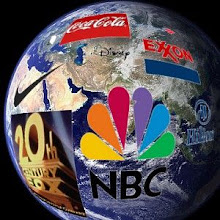
The classic example of the application of the Powerful Effects Theory was illustrated on October 30, 1938 when Orson Welles, and the newly formed Mercury Theater group, broadcasted their radio edition of H.G. Well's, "War of the Worlds." On the eve of Halloween, radio programming was interrupted with a "news bulletin" for the first time. What the audience heard was that Martians had begun an invasion of Earth in a place called Grover's Mill, New Jersey.It became known as the "Panic Broadcast" and changed broadcast history, social psychology, civil defense and set a standard for provocative entertainment. Approximately 12 million people in the United States heard the broadcast and about one million of those actually believed that a serious alien invasion was underway. A wave of mass hysteria disrupted households, interrupted religious services, caused traffic jams and clogged communication systems. People fled their city homes to seek shelter in more rural areas, raided grocery stores and began to ration food. The nation was in a state of chaos, and this broadcast was the cause of it. [Source: Katz & Lazarsfeld (1955)]
It is evident that the media has a very powerful and direct influence on us. Once we make a decision to accept a type of media message for what it is and then consume it, it impacts us. Whatever previous opinions and beliefs you have will effect how you react to a media message. If you make a decision to believe what is being broadcast on the radio and then hear that an alien invasion is taking place, you are inevitably going to perceive that message as being true and you will react to it's message. However, the receivers can be invisible as they can choose not to accept the message put across through the communication and the message can be terminated at will. It is all based on our past experiences and exposures to the types of messages that are being communicated.


No comments:
Post a Comment